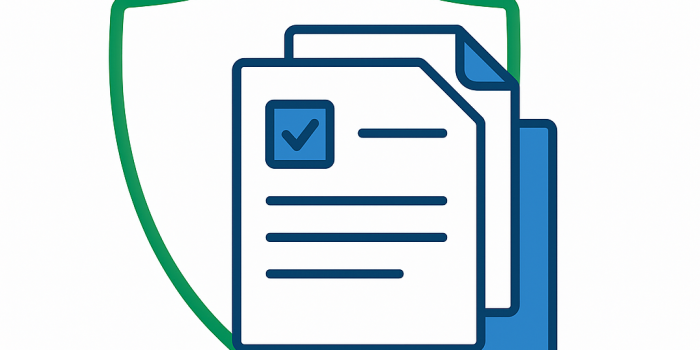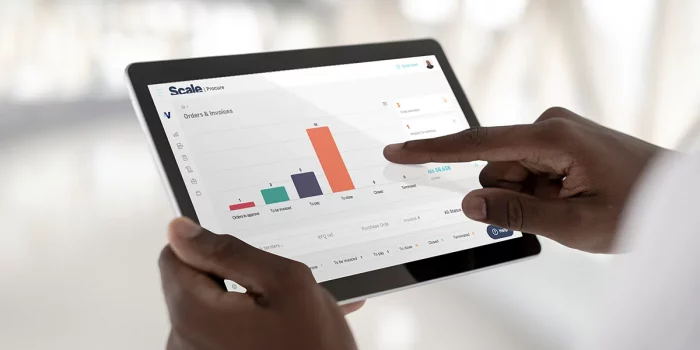Is Low-value Procurement Method Friendly for SMEs?
Useful when a public procuring entity needs to purchase low-value items that are not frequently procured and are not covered in a framework agreement.

Low-value procurement is a simplified procurement method that may be used if the estimated value of the goods, works or services does not exceed a maximum value of KSh 50,000 for Good and Services or Ksh 100,000 for Works.
This method is useful when a public entity needs to procure low-value items that are not procured on a regular or frequent basis and are not covered in a framework agreement subject to the maximum thresholds prescribed in the regulations.
Here’s what the Procurement Laws say about Low-value Procurement
The use of Low-value procurement method is governed by Sections 107-108 of the Public Procurement and Asset Disposal Act Revised Edition 2016 as outlined below:
107. A procuring entity may use a low-value procurement procedure if:
- The entity is procuring low value items which are not procured on a regular or frequent basis and are not covered in framework agreement;
- The estimated value of the goods, works or non-consultancy services being procured are less than or equal to the maximum value per financial year for that low-value procurement procedure as may be prescribed.
108. The procedure and conditions for the use of low-value procurement method by different classes of public entities or different classes of goods, works or services being procured shall be as prescribed in the Regulations.
Within the 2020 Regulations, the below are the set conditions for the consideration to use this procurement method by a public entity:
92. A procuring entity may use low value procurement method pursuant to Section 107(b) of the Act, where —
-
- The estimated cost of the goods, works or services being procured per item per financial year shall be as per the threshold matrix in the Second Schedule;
- No benefit would accrue to a procuring entity in terms of time or cost implications if a procuring entity uses requests for quotations or any other procurement method;
- The procedure is not being used for the purpose of avoiding competition; or
- The procedure has been recommended by the head of procurement function after conducting a market survey and approved by the accounting officer or such person delegated in writing by the accounting officer.
The Maximum Level of Expenditure for Low-value Procurement
Guided by the Second Schedule of the Public Procurement and Assets Disposal Regulations (2020), where the procurement method is Low-value Procurement, the threshold matrix is provided as follows:
| Procurement Method – Low value procurement (section 107 of the Act) | ||
| Goods | Works | Services |
| Maximum level of expenditure under this method is KES. 50,000 per item per financial year | Maximum level of expenditure under this method is KES. 100,000 per item per financial year | Maximum level of expenditure under this method is KES. 50,000 per item per financial year |
| There is no minimum expenditure for the use of this method | There is no minimum expenditure for the use of this method | |
Does this method affect the participation of SMEs?
It’s important to note that such contracts are routinely awarded through requests for quotes and, more of often than not, with restricted competition. Some of the arguments emerging is that increasing transparency by advertising low value procurement contracts will most likely increase transaction costs for all involved making it inadequate from a cost perspective.
Do you think this procurement method is friendly towards the participation of SMEs in public procurement? Leave us a comment below.
This article is part of the Procurement Methods blog series.







